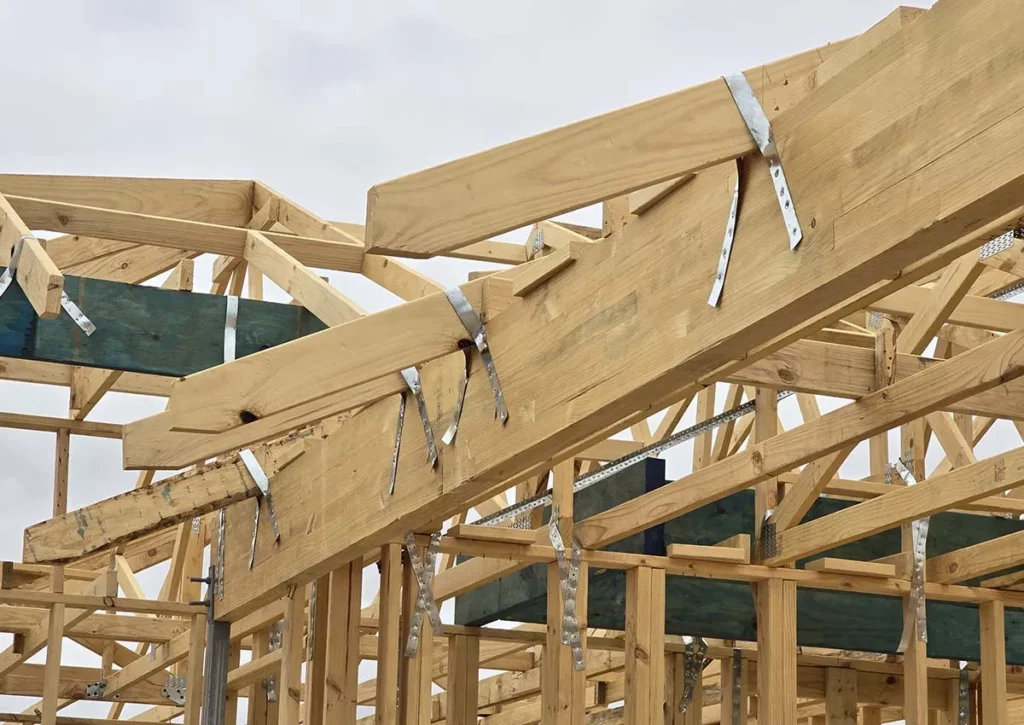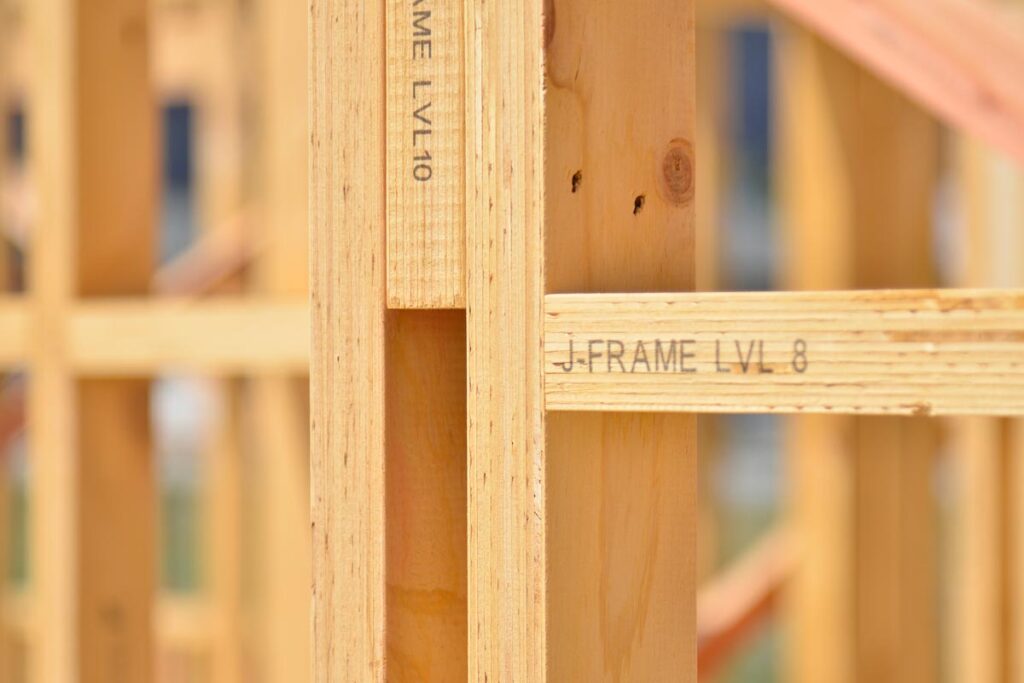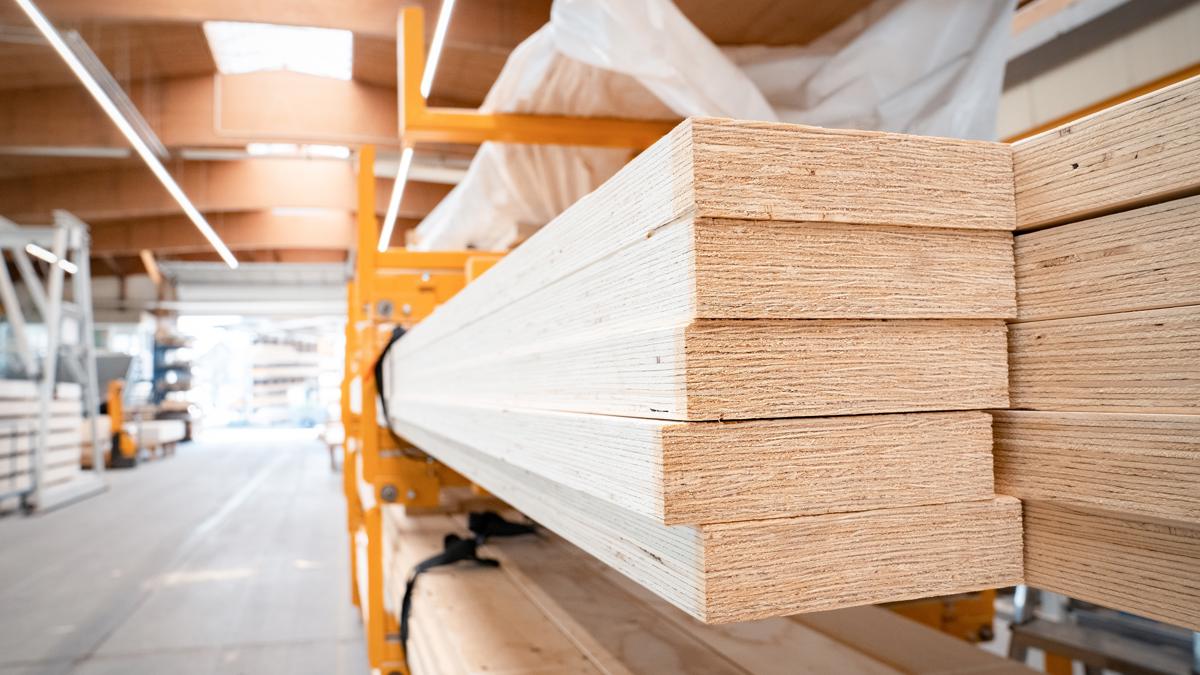LVL (Laminated Veneer Lumber) timber is a widely used material in the construction industry, particularly in formwork applications. Formwork refers to the temporary structures used to support concrete during the construction process. LVL timber offers a range of benefits that make it a preferred choice for formwork construction. In this article, we will explore the understanding, role, advantages, safety aspects, and future trends of using LVL timber in formwork applications.
Understanding LVL Timber
LVL timber, also known as engineered timber, is a composite material made from thin veneers of wood that are laminated together through a bonding process. This process enhances the strength and durability of the timber, making it an ideal choice for various construction applications, including formwork.
In conclusion, the benefits of using LVL timber formwork applications are significant. Its understanding, role, advantages, safety aspects, and future trends all demonstrate why it is a preferred material for construction projects. From its high strength-to-weight ratio to its fire resistance and environmental sustainability, LVL timber proves to be a valuable asset in formwork construction, contributing to the success, safety, and sustainability of building projects.
Formwork, a temporary structure used to support freshly poured concrete until it sets, requires materials that are strong, stable, and reliable. LVL timber fits these criteria perfectly, providing the necessary support for the concrete while maintaining its structural integrity under heavy loads.
What is LVL Timber?
LVL timber is made by layering veneers of wood together and bonding them with adhesives. The layers are arranged with the grain running parallel to each other, which results in a strong and stable material. The use of adhesives helps ensure uniformity and reduces the risk of warping or splitting over time.
Engineered timber products like LVL are designed to optimize the structural properties of wood, creating a material that is stronger and more consistent than natural timber. This consistency makes LVL timber a preferred choice for projects where precision and reliability are paramount.

Key Properties of LVL Timber
One of the key properties of LVL timber is its high strength-to-weight ratio. It is significantly stronger than traditional solid timber, allowing for increased load-bearing capacity. LVL timber also has excellent dimensional stability, meaning it can resist changes in shape or size caused by changes in temperature or humidity.
Additionally, LVL timber is environmentally friendly as it is made from fast-growing plantation trees, reducing the reliance on old-growth forests. The manufacturing process of LVL also minimizes waste, making it a sustainable choice for construction projects that prioritize eco-conscious materials.
The Role of LVL Timber in Formwork Applications
Formwork construction is a critical stage in the building process, where temporary structures are used to shape and support the concrete until it sets and gains sufficient strength. LVL timber plays a crucial role in this process, offering several advantages over other materials.
The Process of Formwork Construction
Formwork construction involves assembling temporary structures that will mold and contain the fresh concrete. LVL timber is often used to create the framework or molds, providing support and shape to the concrete during the pouring and curing stages.
During the formwork construction process, precise measurements and calculations are essential to ensure that the concrete structure will meet design specifications. LVL timber’s uniform dimensions and consistent strength make it an ideal choice for creating formwork that is both reliable and accurate. The ability of LVL timber to maintain its shape and structural integrity under heavy loads is crucial for ensuring the stability of the formwork throughout the concrete placement and curing phases.
Why LVL Timber is Preferred in Formwork
LVL timber is preferred in formwork applications due to its strength, durability, and versatility. It can withstand the weight and pressure exerted by the concrete without warping or collapsing. LVL timber also allows for easy customization, enabling contractors to create unique formwork designs to meet specific project requirements. Read more about pressure on https://www.princeton.edu/~asmits/Bicycle_web/pressure.html
Furthermore, LVL timber is known for its sustainability and environmental benefits. Made from layers of wood veneers bonded together with adhesives, LVL timber is a renewable resource that minimizes waste and reduces the environmental impact of construction projects. Its long lifespan and ability to be reused multiple times make it a cost-effective and eco-friendly choice for formwork applications.
Advantages of Using LVL Timber in Formwork
The use of LVL timber in formwork applications offers several advantages that contribute to the overall success of construction projects. These advantages include strength and durability factors, cost-effectiveness, and the environmental impact of using LVL timber.
Strength and Durability Factors
LVL timber’s high strength-to-weight ratio ensures that it can support heavy concrete loads without compromising the structural integrity of the formwork. Its dimensional stability helps maintain the shape and form of the structure, even in challenging weather conditions.
Moreover, LVL timber undergoes a precise manufacturing process that involves bonding multiple layers of wood veneers together with adhesives under high heat and pressure. This process eliminates natural defects found in traditional timber, such as knots and warping, resulting in a more uniform and reliable material for formwork applications. The engineered nature of LVL timber also enhances its resistance to moisture, mold, and termites, making it a long-lasting and durable choice for construction projects.
Cost-effectiveness of LVL Timber
LVL timber is a cost-effective solution for formwork applications. Its strength and durability reduce the need for frequent replacements, resulting in long-term cost savings. Additionally, its ease of use and customization capabilities contribute to increased efficiency and productivity on construction sites.
Furthermore, the lightweight nature of LVL timber makes it easier to handle and transport on construction sites, reducing labor costs associated with installation and removal. Its smooth and consistent surface also allows for easy cleaning and maintenance, further adding to its cost-effectiveness over the lifespan of a project.
Environmental Impact of Using LVL Timber
LVL timber is an environmentally-friendly choice for formwork applications. It is made from sustainably sourced wood and manufactured using adhesives that meet stringent environmental standards. Furthermore, LVL timber can be recycled and reused, reducing waste and minimizing its impact on the environment.
By choosing LVL timber for formwork, construction projects can contribute to sustainable building practices and reduce their carbon footprint. The use of LVL timber also supports responsible forest management practices, ensuring the preservation of natural resources for future generations. Overall, the environmental benefits of using LVL timber align with the growing demand for eco-friendly construction materials in the industry. Click here to read more about preservation.
Safety Aspects of Using LVL Timber in Formwork
Safety is paramount in construction, and LVL timber offers several safety advantages when used in formwork applications. These advantages include fire resistance and resistance to pests and decay.
Furthermore, LVL timber is known for its exceptional strength and durability, making it a reliable choice for supporting heavy concrete loads during construction. Its uniform composition and lack of knots or imperfections contribute to its structural integrity, reducing the risk of formwork failure and ensuring a safe working environment for construction workers.
Fire Resistance of LVL Timber
LVL timber possesses inherent fire-resistant properties. Due to its composition and manufacturing process, it has a higher resistance to ignition and flame spread. This makes it a safer choice for formwork construction, reducing the risk of fire-related accidents on construction sites.
In addition, LVL timber has a low thermal conductivity, meaning it is slower to heat up during a fire. This characteristic provides valuable time in case of a fire emergency, allowing occupants to evacuate safely and minimizing potential damage to the structure.
Resistance to Pests and Decay
LVL timber is treated with preservatives to protect against pests, such as termites, and decay-causing organisms. This treatment enhances the longevity of the material, ensuring that the formwork remains structurally sound throughout the construction process.
Moreover, the treatment process for LVL timber is environmentally friendly, utilizing non-toxic chemicals that are safe for both construction workers and the surrounding ecosystem. This eco-conscious approach aligns with modern sustainability practices in the construction industry, promoting the use of materials that are both safe and environmentally responsible.

Future Trends in Using LVL Timber for Formwork
The use of LVL timber in formwork applications is expected to continue growing, driven by technological advancements in production and a focus on sustainability.
Technological Advancements in LVL Timber Production
Ongoing research and development in LVL timber production are leading to improved manufacturing processes and enhanced product performance. Advancements in bonding technologies and quality control measures contribute to the production of even stronger and more durable LVL timber, further consolidating its position as a reliable formwork material.
One notable technological advancement in LVL timber production is the use of computer-controlled machinery. This allows for precise cutting and shaping of the timber, resulting in formwork components that fit together seamlessly. The use of automation also increases production efficiency, reducing waste and costs.
Furthermore, advancements in treatment processes have made LVL timber more resistant to moisture, rot, and insect damage. This extends the lifespan of the formwork, reducing the need for frequent replacements and minimizing construction waste.
Sustainability and LVL Timber
The construction industry is increasingly prioritizing sustainability. LVL timber aligns with this trend as it is made from renewable and recyclable materials. Its use reduces reliance on traditional timber resources and contributes to the conservation of forests.
In addition to its renewable nature, LVL timber also boasts a low carbon footprint. The energy-efficient manufacturing process of LVL timber reduces carbon emissions, making it an environmentally-conscious choice for formwork applications.
Moreover, LVL timber can be easily repurposed or recycled at the end of its life cycle. This not only reduces waste but also promotes a circular economy within the construction industry.
Furthermore, the use of LVL timber in formwork can contribute to green building certifications, such as LEED (Leadership in Energy and Environmental Design), by earning points for sustainable material usage.
Other resources: Where to Buy High-Quality LVL Timber for Construction Projects

